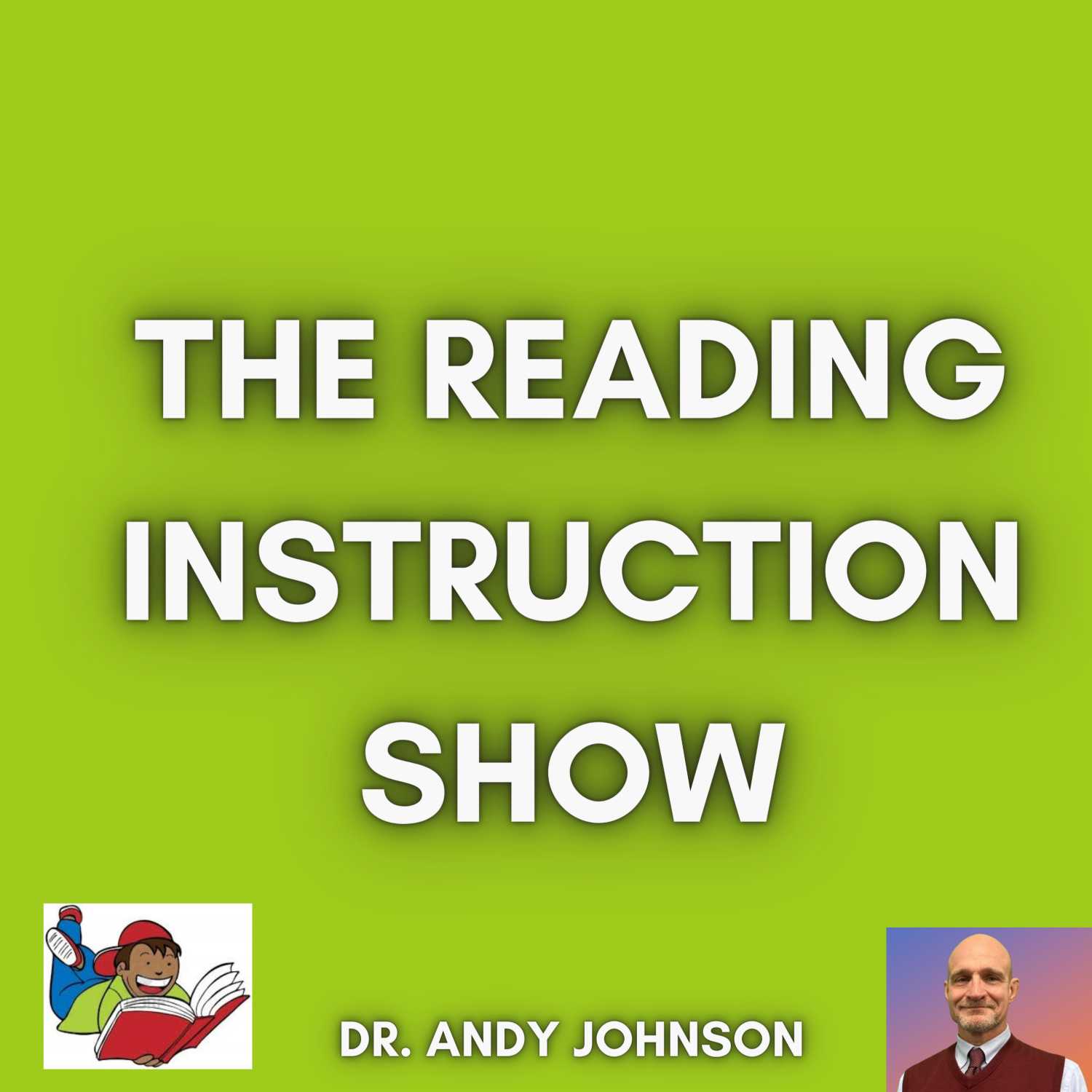12 Essential Elements of a Comprehensive Reading Program
Description
In 1997 Congress asked the National Institute of Children’s Health and Development to work with the U.S. Department of Education to establish a National Reading Panel. Their task was to evaluate existing research in order to find the best ways of teaching children to read. In 2000 the panel issued their 500-page report (National Reading Panel, 2000). This report has been widely cited in books and journal articles related to reading instruction.
The NRP describes five-pillars are reading instruction. The SoR zealots and state reading laws describe these as five foundation reading skills. They are: phonemic awareness, phonics, comprehension, vocabulary, and fluency.
It's not that I disagree with the five "pillars" of reading instruction as described by the NRP report and repeated ad nauseam by SoR zealots. My concern is that they're seven pillars short of a full load.
In this podcast, I describe the 12 essential elements of a comprehensive reading program – or comprehensive literacy instruction.
More Episodes
Phonics is important, but if that’s all you’re teaching, you limit students’ ability to recognize words and create meaning with print. And that is the end goal – to create meaning, not to fill out phonics worksheets, or pass end-of-unit tests, or sound out words in isolation
Published 11/04/24
Published 11/04/24
I was having a discussion with a fellow online who insisted that early reading instruction should consist primarily of direct instruction of phonics. His argument was that unlike learning to use oral language, learning to use written language is not a natural process for humans. “We’re not...
Published 11/03/24


